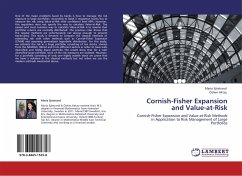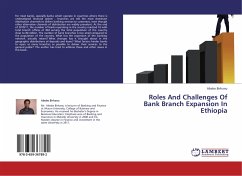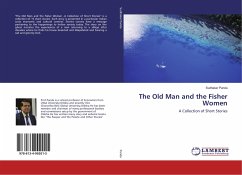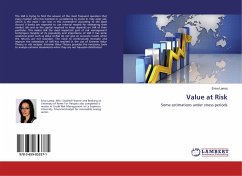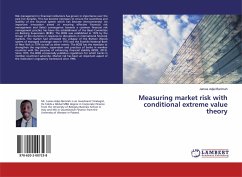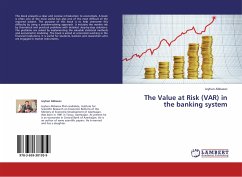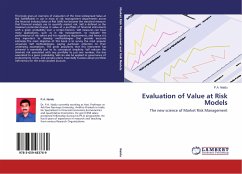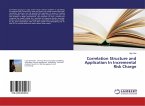One of the major problems faced by banks is how to manage the risk exposure in large portfolios. According to Basel II regulation banks has to measure the risk using Value-at-Risk with confidence level 99%. However, this regulation does not specify the way to calculate Value-at-Risk. The easiest and most common way to calculate Value-at-Risk is to assume that portfolio returns are normally distributed. The previous crisis shows that the regular methods are unfortunately not always enough to prevent bankruptcy. This study is devoted to compare the classical methods of estimating risk with other methods such as Cornish-Fisher Expansion (CFVaR) and assuming generalized hyperbolic distribution. For this study, we estimate the risk in a large portfolio consisting of ten stocks, chosen from the NASDAQ 100-list and from different sectors in order to have well-diversified and highly liquid portfolio. The results show that for a well-diversified large portfolio none of the risk measures are violated. However, for a portfolio consisting of only one highly volatile stock we prove that we have a violation in the classical methods but not when we use the modern methods mentioned above.
Bitte wählen Sie Ihr Anliegen aus.
Rechnungen
Retourenschein anfordern
Bestellstatus
Storno

